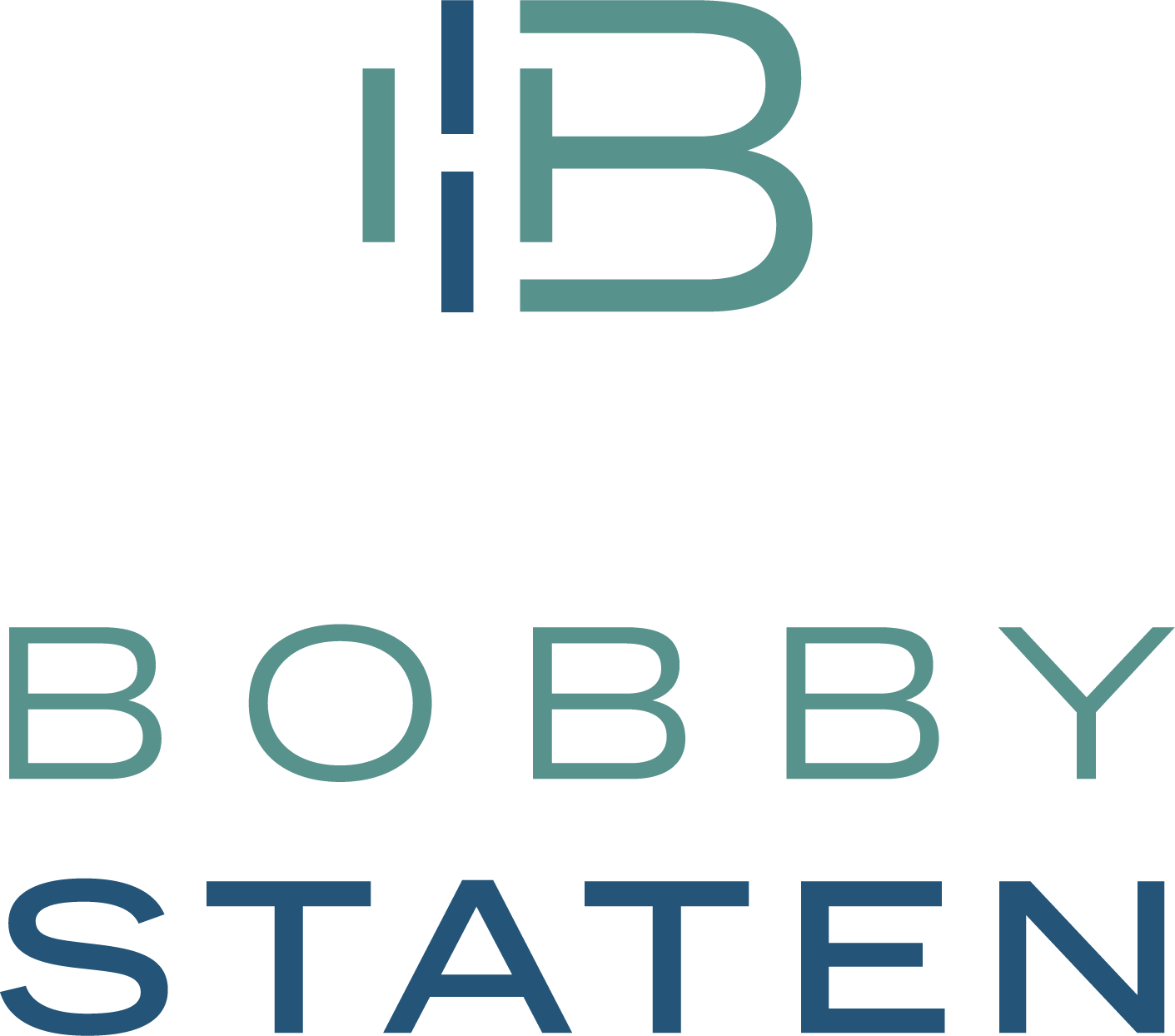Strategic Planning Fundamentals: Unpacking Mission, Vision, and Values
Now that we’re in the last quarter of 2018, it’s time to set our sights on what’s ahead. What are you envisioning for your business in 2019? What sort of conversations are you having around strategic planning? What sort of development and new product launches/service offerings do you have in the works?
When preparing to answer all these questions and others, we find it helpful to remind yourself of what defines your company. Who are you at your CORE? Your mission statement, corporate vision, and core values to guide your pursuit of sustained excellence in the coming new year.
Mission Possible
An effective mission statement provides information on the very framework and purpose of the company’s existence. The best mission statements answer four simple questions:
What you do?
Whom do you do it for?
yells “Two Chaaaaaains!!!”
How do you do it?
Why do you do it?
In challenging times especially; when innovation and creativity have stagnated, or teams aren’t gelling quite the way you had hoped, a good mission statement can be used to remind everybody of why their work matters. Some excellent mission statements include:
Amazon – “It’s our goal to be Earth’s most customer-centric company, where customers can find and discover anything they might want to buy online.”
TED – “Spreading ideas.”
Ford – “We go further to make our cars better, our employees happier, and our planet a better place to be.”
Whole Foods – “With great courage, integrity, and love—we embrace our responsibility to co-create a world where each of us, our communities, and our planet can flourish. All the while, celebrating the sheer love and joy of food.
Notice how Whole Foods’ at 36 words and the non-profit think tank, TED’s, at just two words are both extremely effective and inspirational, yet vastly different in word count. The truth is two words say it all for TED; they spread ideas… period. Whole Foods takes a little longer to get there, but by the end of it, you can easily see why team members would be happy to support such a comforting, joyous, and socially responsible mission.
20/20 Vision
According to the Cambridge Dictionary, a vision statement is “a statement of what a company or an organization would like to achieve in the future.” It points directly to the desired future state.
The major difference between a company’s mission and its vision is that the mission is actionable and driven by current realities, whereas the vision is a pursuit of something a little less tangible and hopeful. Effective vision statements provide stakeholders with a big picture—perhaps even, idyllic—idea of how the company will shoot for the stars. It should answer the question: “What will be the evidence of our existence?” Some excellent examples from popular brands are as follows:
Nike – “Bring inspiration and innovation to every athlete* in the world. (*If you have a body, you are an athlete.)
Disney – “To make people happy.”
Alzheimer’s Association – “A world without Alzheimer’s disease.”
Harley Davidson – “To fulfill dreams through the experience of motorcycling.”
Notice how all of the above convey the dreamlike possibilities if the company excels at what they do.
Core Values
Core values are the guiding principles your organization uses to support the previously listed two entities—mission and vision statements. These are a listing of your company’s beliefs and overall philosophy that should be reflected in the actions and behavior of all team members throughout the organization.
Your list of core values could be different from any other organization, depending on what you view as a priority or essential. Some commonly referenced terms, however, include innovation, accountability, empowerment, integrity, and community.
Determining your organization’s core values can be one of the most critical action steps you take as a business leader because they have the power to serve multiple purposes. Core values can guide you in making tough decisions, educate clients about your corporate identity, and be used as a recruiting tool to attract top talent. For a further exploration of the power of establishing honest and helpful core values, watch Simon Sinek’s TED Talk titled, “How Great Leaders Inspire Action.”
Your Organizational Truth
Preparing thoughtful and comprehensive mission statements, vision statements, and core values is often seen as a less crucial step, especially when embarking on a start-up venture or in the hectic, complex world of keeping a young business up and running. However, these items are irreplaceable in their effectiveness as a guiding light to help your business through tough times and to be leveraged as a path to growth. If you don’t have these items already written out or think they need a refresher, take a reasonable amount of time off from the daily operations and get them documented as soon as possible. Then, make sure everybody knows about them.
Hold a meeting to introduce them, and continue referring to them at check-in meetings going forward. They can provide a great measuring stick for determining if you’re operating within your organizational truth.
If you seek expert guidance in galvanizing your leadership team and achieveing strategic alignment, contact us today to illuminate your journey!
